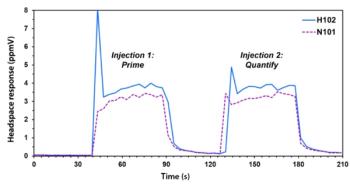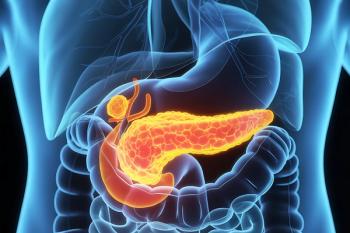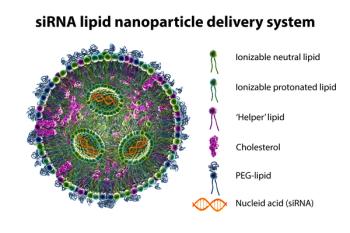
- LCGC Asia Pacific-06-01-2010
- Volume 13
- Issue 2
Method Transfer Between HPLC and UPLC using ACQUITY UPLC H-Class and Method Transfer Kits
Waters Application Note
Kenneth J. Fountain, Hillary Hewitson and Damian Morrison, Waters Corporation, Milford, Massachusetts, USA.
Introduction
Transferring LC methods between instruments and/or laboratory sites is a common practice that allows analytical scientists to maximize equipment usage. Although common, method transfer can be a difficult task. Differences in the properties of the LC system and/or the ratio of the column volume to the system volume can produce gradient profiles that are inconsistent between the original method and the transferred method. The separation power and selectivity of the column must also remain constant when transferring from one LC to another, or when changing particle size. Complexity is added when methods are transferred between different technology platforms such as HPLC and UPLC.
In this application, a method for clozapine and four impurities is transferred from UPLC to HPLC using the ACQUITY UPLC H-Class system. Selectivity of the separation is preserved by using columns with the same stationary phase that differ only in particle size. A new columns calculator is used to maintain the gradient profile regardless of the instrument used for the separation. The resulting separations demonstrate the ability of the ACQUITY UPLC H-Class and column chemistries to facilitate methods transfer for any HPLC or UPLC separation.
Gradient, flow rate and injection volumes are specified in the figure captions. Calculations to preserve the gradient profile were performed with the new ACQUITY UPLC columns calculator.
Results and Discussion
Figure 1(a) shows the separation of the clozapine sample on a 2.1 × 50 mm, 1.7 μm BEH Shield RP18 column at high pH. All impurities were sufficiently resolved from the main active ingredient. This method was then transferred to an HPLC system using a column with identical resolving power and selectivity [Figure 1(b)]. The system dwell volumes were measured and input into the ACQUITY UPLC columns calculator to maintain the same gradient profile. Note that the selectivity between the two separations is identical and the relative retention times of each impurity to clozapine is maintained (Table 1).
Figure 1
The separation shown in Figure 1(b) was then transferred from the HPLC system back to the ACQUITY UPLC H-Class system to demonstrate the ability of the latter instrument to run both HPLC and UPLC separations. The resulting separation is shown in Figure 2(b). The gradient profile was maintained by accounting for the gradient delay volume of the HPLC and UPLC systems. Again, Table 1 shows that there is no difference in the relative retention times of all clozapine impurities, regardless of the system or column used.
Figure 2
Conclusions
The combination of the ACQUITY UPLC H-Class system and column method transfer kits facilitates the transfer of LC methods between HPLC and UPLC platforms. This allows methods to be easily transferred between systems, laboratories and sites across the world without compromising separation performance.
Table 1: Relative retention times of impurities to clozapine for HPLC and UPLC separations.
©2010 Waters Corporation. Waters, The Science of What's Possible, ACQUITY UPLC, XBridge and Alliance are trademarks of Waters Corporation.
Waters Corporation
34 Maple Street, Milford, Massachusetts 01757
tel. +1 508 478 2000, fax +1 508 478 1990
Website:
Articles in this issue
over 15 years ago
Reaching New Horizons in Reversed-Phase Chromatography Selectivityover 15 years ago
Spring Cleaning in the Laboratoryover 15 years ago
Sulphur and Halide Determination by Combustion Ion Chromatographyover 15 years ago
Rapid Determination of DNPH Derivatized Carbonyl Compounds by UHPLCNewsletter
Join the global community of analytical scientists who trust LCGC for insights on the latest techniques, trends, and expert solutions in chromatography.





